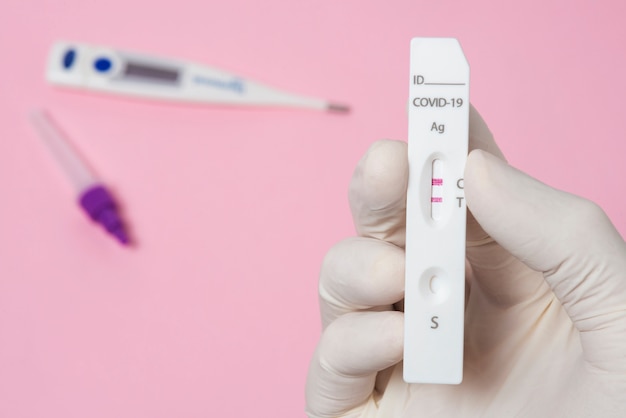Insulin sensitivity is important for overall health, especially when it comes to fitness and body composition. In this post, we’ll explore how physical training can affect insulin sensitivity and provide a guide to hypertrophic training routines to help enhance your body’s response to insulin.
Understanding Insulin Sensitivity and Its Importance
Insulin sensitivity measures how well your cells respond to insulin, the hormone that manages blood glucose levels. Higher insulin sensitivity means your body uses glucose more effectively, promoting better energy production and health. It’s also crucial for body recomposition, which involves changing your ratio of fat to muscle.
Hypertrophic Training for Improved Insulin Sensitivity
One effective way to boost insulin sensitivity is through hypertrophic training, which focuses on increasing muscle size. This type of resistance training raises your body’s glucose needs, thus improving insulin sensitivity.
The Hypertrophic Training Routine
A typical session includes four different exercises, with three to five sets per exercise and up to twelve repetitions per set. The cadence for each movement is one second for the muscle shortening phase, one second of muscle tension without movement, and two seconds for the muscle lengthening phase.
The first set, called the “activation” or “approach” set, should be challenging but not overly strenuous, using about 60-70% of your One Repetition Maximum (1RM) or around 12-15 reps. The remaining sets should use 70-80% of your 1RM, with approximately two minutes of rest between sets.
Hypertrophic Training Routine Example
Here鈥檚 a breakdown of a four-day hypertrophic training schedule:
Day 1: Chest and Triceps
– Barbell Bench Press: 3 sets of 8-10 reps
– Incline Dumbbell Press: 3 sets of 8-10 reps
– Cable Flyes: 3 sets of 12-15 reps
– Tricep Dips: 3 sets of 8-10 reps
– Skull Crushers: 3 sets of 10-12 reps
– Overhead Tricep Extension with Rope: 3 sets of 12-15 reps
Day 2: Back and Biceps
– Wide-Grip Pull-Ups: 3 sets of 8-10 reps
– T-Bar Row: 3 sets of 8-10 reps
– Single-Arm Dumbbell Row: 3 sets of 10-12 reps
– EZ Bar Curl: 3 sets of 8-10 reps
– Hammer Curls: 3 sets of 10-12 reps
– Concentration Curls: 3 sets of 12-15 reps
Day 3: Legs and Core
– Barbell Back Squat: 4 sets of 8-10 reps
– Deadlifts: 3 sets of 8-10 reps
– Walking Lunges: 3 sets of 12 reps per leg
– Seated Leg Curl: 3 sets of 10-12 reps
– Calf Raises: 4 sets of 12-15 reps
– Hanging Leg Raises: 3 sets of 12-15 reps
– Plank: 3 sets of 60 seconds
Day 4: Shoulders and Traps
– Seated Dumbbell Press: 3 sets of 8-10 reps
– Upright Row: 3 sets of 8-10 reps
– Face Pulls: 3 sets of 12-15 reps
– Side Lateral Raises: 3 sets of 12-15 reps
– Front Dumbbell Raises: 3 sets of 10-12 reps
– Shrugs: 3 sets of 10-12 reps
This routine covers all major muscle groups focusing on hypertrophy through both compound and isolation exercises. Make sure to adjust the weights to fit the recommended rep ranges and maintain good form.
Conclusion
Hypertrophic training can greatly improve insulin sensitivity, aiding in more efficient energy use and better body composition. By incorporating a structured hypertrophic training routine into your fitness plan, you can enhance your insulin sensitivity and enjoy the associated health benefits.







